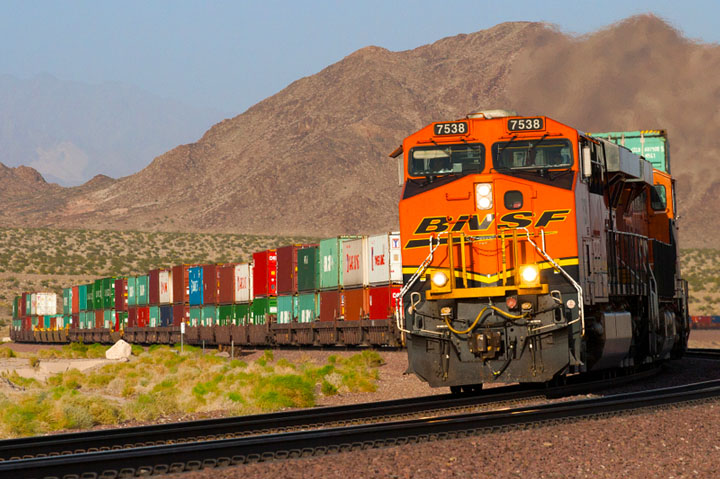News November 10, 2022
Rail Strike Start Date Pushed to December
The postponement allows more time for contract negotiations aimed at avoiding a supply chain-crippling work stoppage that would have dire consequences for promo and other industries.
The freight trains will keep running through Thanksgiving and into December.
A key union representing essential rail workers has agreed to extend the start date for a potential strike from Nov. 20 to Dec. 4, allowing more time for negotiations with railroad employers.
The employer-representing National Carriers’ Conference Committee (NCCC), which assented to pushing the deadline back to enable more talks, said the extension “eliminates the threat of a near-term freight rail service disruption.”

What happens long term, however, remains to be seen.
Should a strike occur, it would likely have dire consequences for the U.S. economy and supply chains across many industries, including promotional products, retail, manufacturing, healthcare and agriculture.
Almost 30% of cargo shipments by weight in the U.S. move over rail, meaning a shutdown stands to exacerbate inflation, lead to shortages of goods, and make it exponentially more expensive and difficult for suppliers to move promo products from port to warehouse, potentially leading to inventory shortages in the industry depending on how long a work stoppage might last.
The reprieve on a strike came on Nov. 9 after the Brotherhood of Maintenance of Way Employee Division (BMWED) agreed to continue negotiations with railroads until Dec. 4, a deadline set by another union, the Brotherhood of Railroad Signalman. BMWED had been planning to strike starting Nov. 20.
Rank-and-file members of BMWED and the railroad signalmen have voted to reject a new contract that union leaders had reached a tentative agreement on with railroads back in September.
More than 300 business groups are urging action as the prospect of a supply chain-crippling strike that would be a nightmare for the #promoproducts market intensifies amid renewed contract strife between railroad workers and railroad employers. https://t.co/gms7DmppU4
— Chris Ruvo (@ChrisR_ASI) October 28, 2022
So far, seven other railroad worker unions have approved the contract; the two largest unions still need to vote. Results are expected by Nov. 21 from the Brotherhood of Locomotive Engineers and Trainmen and the Sheet Metal, Air, Rail and Transportation union. Those unions have indicated they’d strike starting Dec. 9 if members reject the deal and a better one is not reached.
It’s possible that BMWED and the signalmen could also push their planned strike start date to Dec. 9, though currently the work stoppage day for those unions remains Dec. 4.
If even one union goes on strike, others would likely follow in solidarity, and the U.S. freight rail system would come to an abrupt supply chain-crippling halt.
Federal intervention could prevent that: Congress could impose a contract or order rail workers to stay on the job. However, whether or not a deeply divided, partisan Congress would act efficiently and in unison to do so is no guarantee.
Contentious negotiations between railroad employers and unions have ground along for several years. The current big sticking point is that union members want paid sick-leave time added, plus easing of schedules that they say keep them working or on call around the clock. Employers have rebuffed those demands.
Under the tentatively agreed-to contract, workers would get an immediate 14.1% wage increase following ratification. They’d also get wage increases totaling 24% during the five-year period of the contract: 2020 to 2024. The deal is retroactive.
Unionized workers would see their next annual increase in July 2023 – 4% – followed by a 4.5% rise in July 2024. They’d also receive five $1,000 annual lump-sum payments, and at a time when healthcare costs are skyrocketing, the workers would see no change to their insurance copays or deductibles. The workers have been without a contract since 2019.
